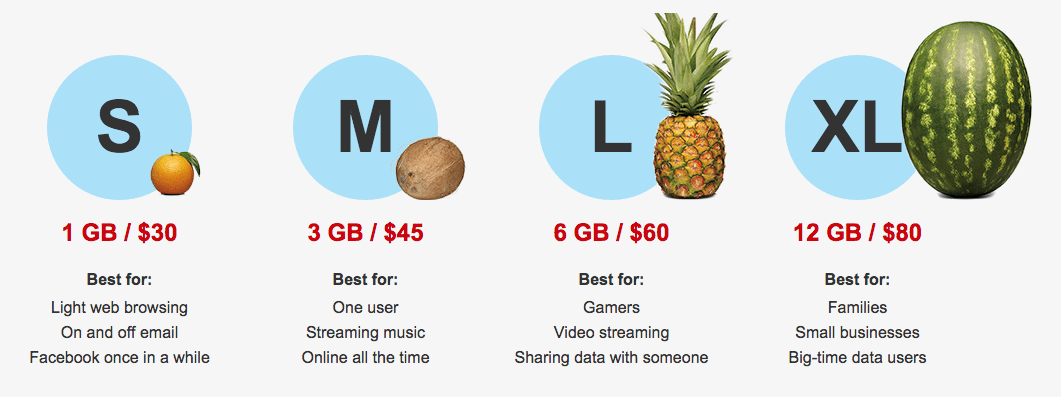Hello! And welcome to our Friday column, Worst of the Week. There’s a lot of nutty stuff that goes on in this industry, so this column is a chance for us at RCRWireless.com to rant and rave about whatever rubs us the wrong way. We hope you enjoy it!
And without further ado:
Verizon Wireless raised a bit of ruckus late last week when it announced it was sort of getting rid of device subsidies, or what most consumers know as two-year contracts. These subsidies have been the reason everyone thinks an iPhone costs $200 and that any device priced over $200 is too expensive.
The move was sort of dramatic in that Verizon Wireless had sort of become the last bastion of device subsidies in that it was seen as having the most customers still tied to a service plan-based two-year contract. It launched its Edge device-financing plan well after rivals T-Mobile US and AT&T Mobility and didn’t seem to really push the program as it altered upgrade requirements that left a lot to be desired.
That wavering seemed to cause consternation amongst the financial community, which was constantly questioning the financial repercussions of the Edge plans and its alterations. And, if you have ever listened in on a Verizon quarterly conference call you know Verizon’s management just barely tolerates financial community consternation.
Now, just to show that the world has not gone completely bonkers, Verizon Wireless said it would continue to allow current customers on device subsidies to maintain that relationship as long as they never change their minds. Never!
While this angle of Verizon Wireless’ latest pricing move garnered the most attention, I feel it overlooks the best part of the announcement in that Verizon Wireless took the bold step to do away with megabytes and gigabytes when discussing how “much” data customers can access, and went with what we all know from buying T-shirts and apparently produce. The new data buckets are labeled S, M, L and XL, which according to Verizon Wireless’ website is short for orange, coconut, pineapple and watermelon. (Obviously!)
For those eight people who actually understand the difference between a kilobyte, megabyte and gigabyte, or for those three people who know how many of those units it takes to transact anything via a cellular Internet connection, Verizon Wireless’ move is just silly. Why mess up something that is almost like the metric system that all Americans know and love? (Wait, not everyone know 1,024 kilobytes equals a megabyte? It’s so obvious.)
For the rest of the country, I guess going into a Verizon Wireless store and demanding a “medium” amount of data is much easier than saying they need 3 GB of data. Or better yet, I would suspect asking for a coconut amount of data is even easier. Who wouldn’t want a coconut amount of data? It just seems like the right amount for what I do with my phone each month.
(I do wonder though why Verizon Wireless stopped with the clothing size/produce analogies at just the 12 GB/XL/watermelon level. The carrier does continue to offer up data buckets ranging from 20 GB to 100 GB. Why not throw in some XXXXXL or pumpkins for those who can’t get enough data?)
Who am I kidding? I can’t imagine anyone going into a store and only asking for a medium amount of anything, at least out loud. It’s gotta be extra-large or nothing. It’s the same reason people buy extra-large sodas and popcorns at the movie theater. No one can possibly drink or eat that amount of soda and popcorn, but it’s un-American to not ask for the biggest size of anything. (Well played, Verizon Wireless.)
But, this metaphor also brings up a real miss on the behalf of Verizon Wireless in what they could have named their data buckets. Sure the clothing size thing is cute and relatable, but I think 7-Eleven has it right when it comes to breaking down the size of a container.
Who wouldn’t want to pick up a “Big Gulp” amount of data?
Who am I kidding? The only real choice would be the “Double Gulp” size.
Thanks for checking out this week’s Worst of the Week column. Here is a quick, but satisfying extra:
– So, is Sprint back on track?
Another week, another chapter in the soap opera that is Sprint. This week witnessed the carrier’s parent company Softbank redoubling its support of the company by investing another $87 million by purchasing stock, and increasing its control of Sprint to 80%. For a company with a market capitalization of some $15 billion, as well as the need for several billion dollars more in order to “fix” its network, $87 million is probably not a make-or-break sum of money.
In fact, it would seem the $87 million “investment” was more of a “make-up” gift if anything, as the stock purchase came on the heels of a report in The Wall Street Journal indicating Softbank CEO and Chairman Masayoshi Son had been unsuccessful in pawning his U.S. mobile operator off on someone else. Son seemed to hint at this move during Sprint’s recent quarterly conference call when he admitted to having become disillusioned with his U.S. investment.
Or apparently disillusioned with U.S. regulators that they wouldn’t let him double-down on his U.S. investment and pick up the carrier he seemed to really want in the form of T-Mobile US.
I am not sure how the whole $87 million transaction was accomplished, but I can only imagine there were some uncomfortable moments.
I welcome your comments. Please send me an e-mail at dmeyer@rcrwireless.com.
Bored? Why not follow me on Twitter


